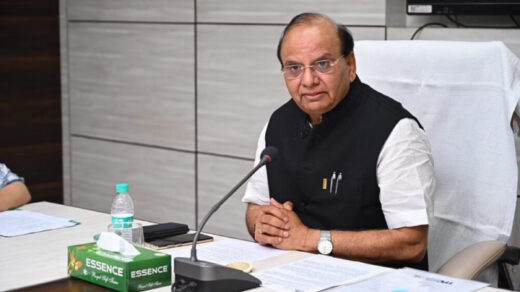As per the recently released mortality estimates by the UNICEF, WHO, the United Nations Population Division, and the World Bank Group, an estimated 6.3 million children under 15 years of age died in 2017, or 1 every 5 seconds. This is mostly out of preventable causes. In 2017, 2.5 million newborns died in their first month while 5.4 million deaths — occur in the first five years of life, with newborns accounting for around half of the deaths.
Most children under 5 die due to preventable or treatable causes such as complications during birth, pneumonia, diarrhea, neonatal sepsis and malaria. By comparison, among children between 5 and 14 years of age, injuries become a more prominent cause of death, especially from drowning and road traffic.
Speaking about this, Padma Shri Awardee, Dr KK Aggarwal, President, HCFI, said, “A newborn requires thermal and cord care, and immediate breastfeeding. The postnatal period is the time following delivery until six weeks after birth, and health checks during this time – especially the first two days after delivery – are essential. Postnatal care can help in checking for and averting any danger signs such as insufficient feeding, fast breathing (a breathing rate of more than 60 per minute), severe chest in drawing, lethargy, fever, low body temperature, or jaundice. This is also the time when mothers are advised on how to identify and respond to these symptoms, as well as the benefits of exclusive breastfeeding and immunization.”
About 80% of newborn deaths can be prevented through proven high-impact interventions and quality care for small and sick infants around the time of birth. It is also imperative to provide proper and timely vaccinations.
Adding further, Dr Aggarwal, who is also the President (Elect) of CMAAO, said, “India has seen a significant decline of 8% in the number of infant deaths this year compared to that in the year 2016. This has largely been the result of countrywide efforts to expand health services coverage, including reproductive, maternal and newborn health services. However, there is a still a long way to go in terms of expanding the reach of such efforts into the remote areas and ensuring access to postnatal healthcare to mothers and newborns there.”











